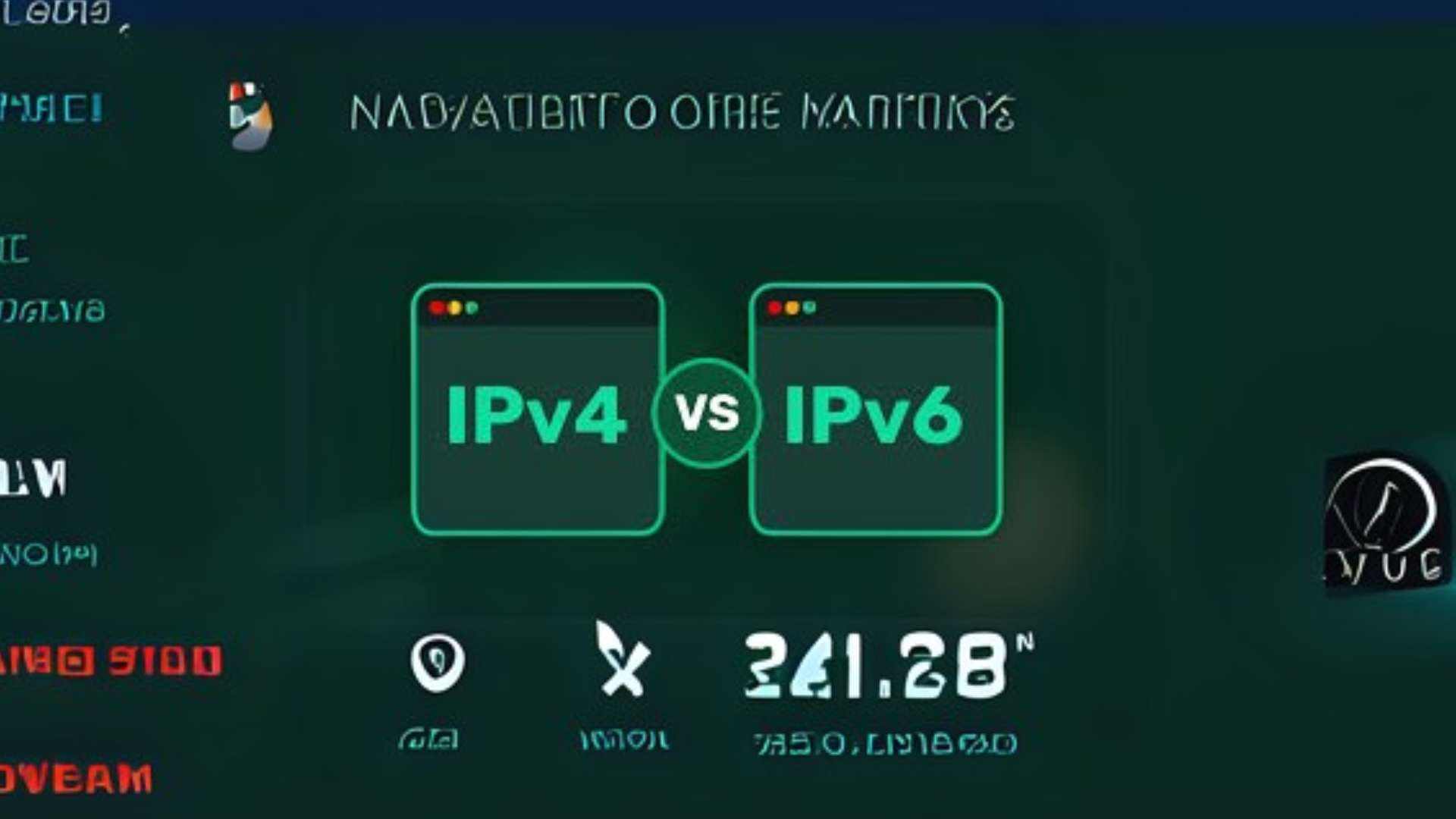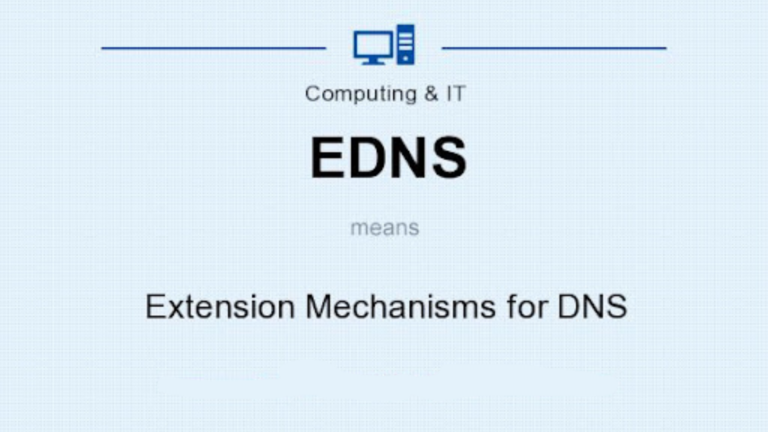How Do DNS Resolvers Prioritize IPv4 vs. IPv6?
The Domain Name System (DNS) is what helps translate website names (like google.com) into numerical IP addresses that computers understand. When a device requests a website, the DNS resolver determines whether to use an IPv4 or an IPv6 address. But how does it decide which one to prioritize? Let’s break it down in a simple way.
Understanding IPv4 and IPv6
Before we dive into how DNS resolvers prioritize them, let’s first understand what IPv4 and IPv6 are.
- IPv4 (Internet Protocol Version 4): The older version of IP addresses, written as four sets of numbers separated by dots (e.g., 192.168.1.1). It has a limited number of addresses.
- IPv6 (Internet Protocol Version 6): The newer version, written in a longer format using numbers and letters separated by colons (e.g., 2001:0db8:85a3::8a2e:0370:7334). It was created because IPv4 addresses were running out.
How DNS Resolvers Decide Between IPv4 and IPv6
When a device requests a website, the DNS resolver looks for two types of records:
- A record (IPv4 address)
- AAAA record (IPv6 address)
Factors That Influence the Choice
- Operating System Preferences
- Some operating systems, like modern versions of Windows, macOS, and Linux, prefer IPv6 if it is available.
- Older systems may still default to IPv4.
- Network Configuration
- If a device is connected to an IPv6-enabled network, it may use IPv6 first.
- If the network only supports IPv4, then IPv4 is used.
- Happy Eyeballs Algorithm (RFC 8305)
- Many modern systems use this method, which tests both IPv4 and IPv6 and picks the faster one.
- DNS Resolver Settings
- Some DNS resolvers have settings that prioritize one protocol over the other.
- If the resolver is configured to prefer IPv6, it will try to use that first.
- Availability of IPv6 on the Server Side
- If the website’s server does not support IPv6, the DNS resolver will default to IPv4.
What Happens in a Real-Life Scenario?
Here’s an example of how a DNS resolver works:
- You type example.com into your browser.
- The DNS resolver checks if an AAAA record (IPv6) exists for the site.
- If found, it tries to connect via IPv6.
- If no IPv6 is available, or if it’s slower, it falls back to the A record (IPv4).
- Your browser loads the site using the chosen IP address.
Should You Prefer IPv6 Over IPv4?
IPv6 is the future because it has more available addresses and better security. However, not all networks and websites fully support it yet. If you are setting up a network or server, enabling both IPv4 and IPv6 ensures better connectivity.
Conclusion
DNS resolvers don’t blindly choose between IPv4 and IPv6. They follow a set of rules based on your operating system, network settings, DNS server preferences, and the website’s availability. While IPv6 is becoming more common, IPv4 is still widely used. Understanding how this works can help you troubleshoot internet issues and optimize your connection for better performance.






